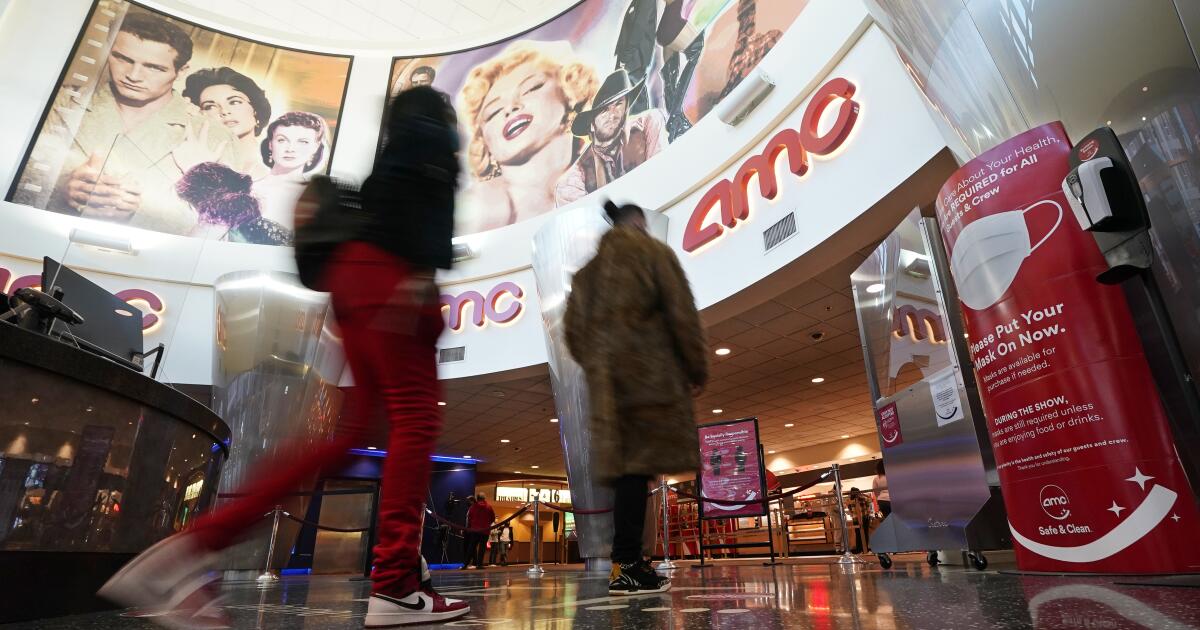5 fascinating facts about motels, from murders to Magic Fingers
Life, death, crime, kitsch, nostalgia, immigrant aspirations and witty design — all of these elements converge in the world of motels, which didn’t exist before 1925.
Here are five facts and phenomena from the century of history.
Where Magic Fingers are found
From the late 1950s into the ’80s, thousands of motels proudly advertised their Magic Fingers — a little collection of vibrating electric nodes under your mattress that would give you a 15-minute “massage” for 25 cents, inspiring creators from Kurt Vonnegut to Frank Zappa. Alas, their moment passed. But not everywhere. Morro Bay’s Sundown Inn, which gets two diamonds from the Auto Club and charges about $70 and up per night, is one of the last motels in the West that still features working Magic Fingers, offered (at the original price) in most of its 17 rooms. “We’ve owned the hotel for 41 years, and the Magic Fingers was here when we started. We just kept them,” said co-owner Ann Lin. Ann’s mother- and father-in-law immigrated from Taiwan and bought the property in 1983.
Motels, hotels and Patels
Many motels and small hotels are longtime family operations. Sometimes it’s the original owner’s family, and quite often it’s a family named Patel with roots in India’s Gujarat state. A recent study by the Asian American Hotel Owners Assn. found that 60% of U.S. hotels — and 61% of those in California — are owned by Asian Americans. By one estimate, people named Patel own 80% to 90% of the motels in small-town America. The beginnings of this trend aren’t certain, but many believe that one of the first Indians to acquire a hotel in the U.S. was Kanjibhai Desai, buyer of the Goldfield Hotel in downtown San Francisco in the early 1940s.
Motels, media and murders
There’s no escaping the motel in American pop culture. Humbert Humbert, the deeply creepy narrator of Vladimir Nabokov’s 1955 novel “Lolita,” road-tripped from motel to motel with his under-age victim. Edward Hopper gave us the disquieting 1957 oil painting “Western Motel.” In the film “Psycho” (1960), Alfred Hitchcock brought to life the murderous motel manager Norman Bates. When Frank Zappa made a movie about the squalid misadventures of a rock band on tour, he called it “200 Motels” (1971). When the writers of TV’s “Schitt’s Creek” (2015-2020) wanted to disrupt a rich, cosmopolitan family, they came up with the Rosebud Motel and its blue brick interior walls. And when executives at A&E went looking for a true-crime series in 2024, they came up with “Murder at the Motel,” which covered a killing at a different motel in every episode.
The Lorraine Motel, before and after
The 1968 assassination of Dr. Martin Luther King Jr. made the Lorraine Motel in Memphis globally notorious. But before and after that day, the Lorraine played a very different role. Built as a small hotel in 1925 and segregated in its early years, the property sold to Black businessman Walter Bailey in 1945. He expanded it to become a motel, attracting many prominent African American guests. In the 1950s and ’60s, the Lorraine was known for housing guests such as Count Basie, Cab Calloway, Roy Campanella, Ray Charles, Nat King Cole, Aretha Franklin, Lionel Hampton, Wilson Pickett, Otis Redding and the Staples Singers. After King’s assassination, the motel struggled, closed, then reemerged in 1991 as the National Civil Rights Museum, now widely praised. Guests follow civil rights history through the building, ending at Room 306 and its balcony where King was standing when he was shot.
The man upstairs in the Manor House
In 1980, a Colorado motel owner named Gerald Foos confided to journalist Gay Talese that he had installed fake ceiling vents in the Manor House Motel in Aurora, Colo., and for years had been peeping from the attic at guests in bed. The man had started this in the 1960s and continued into the ’90s. Finally, in 2016, Talese spun the story into a New Yorker article and a book, “The Voyeur’s Motel,” sparking many charges that he had violated journalistic ethics.




